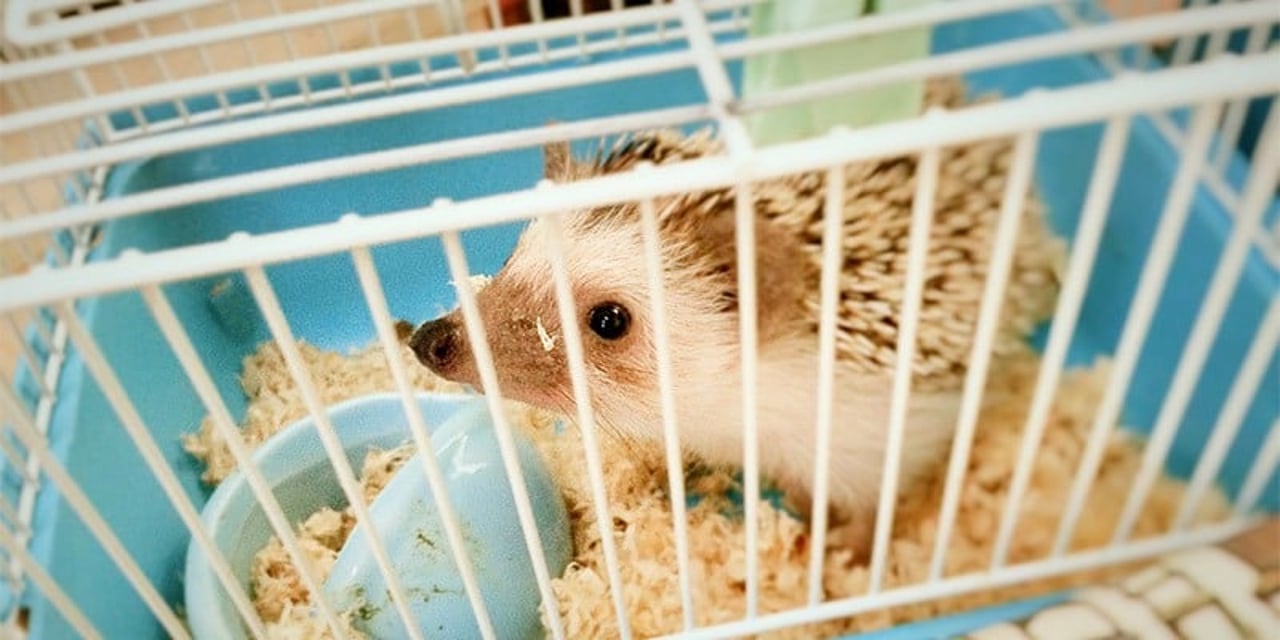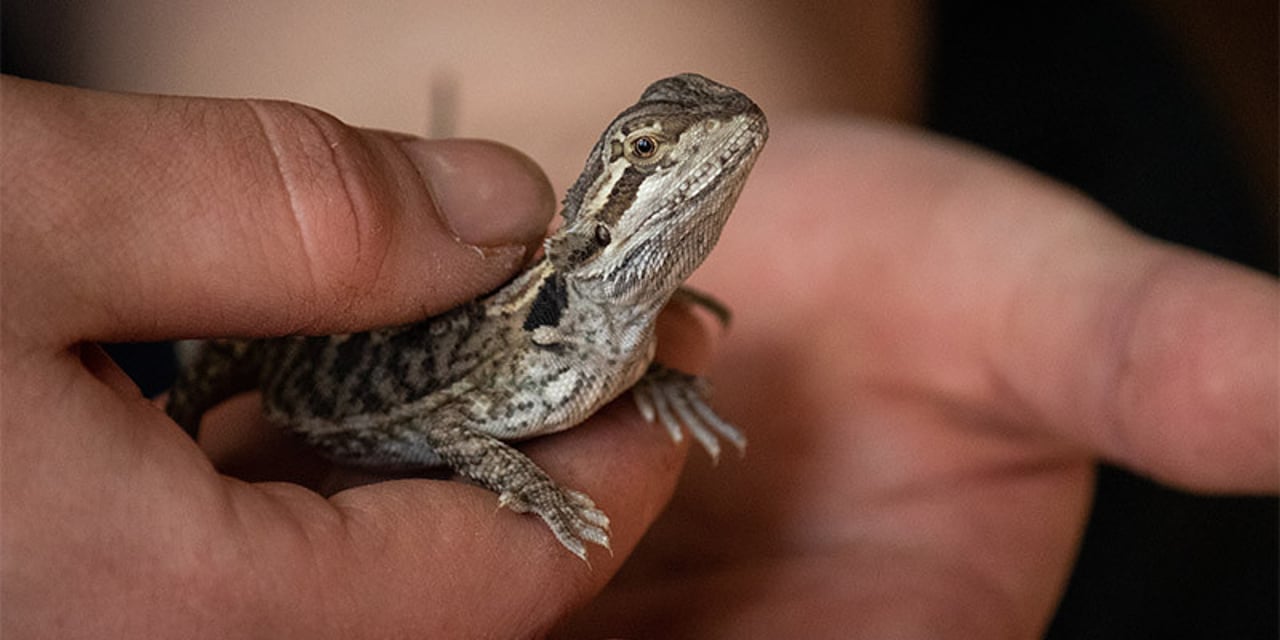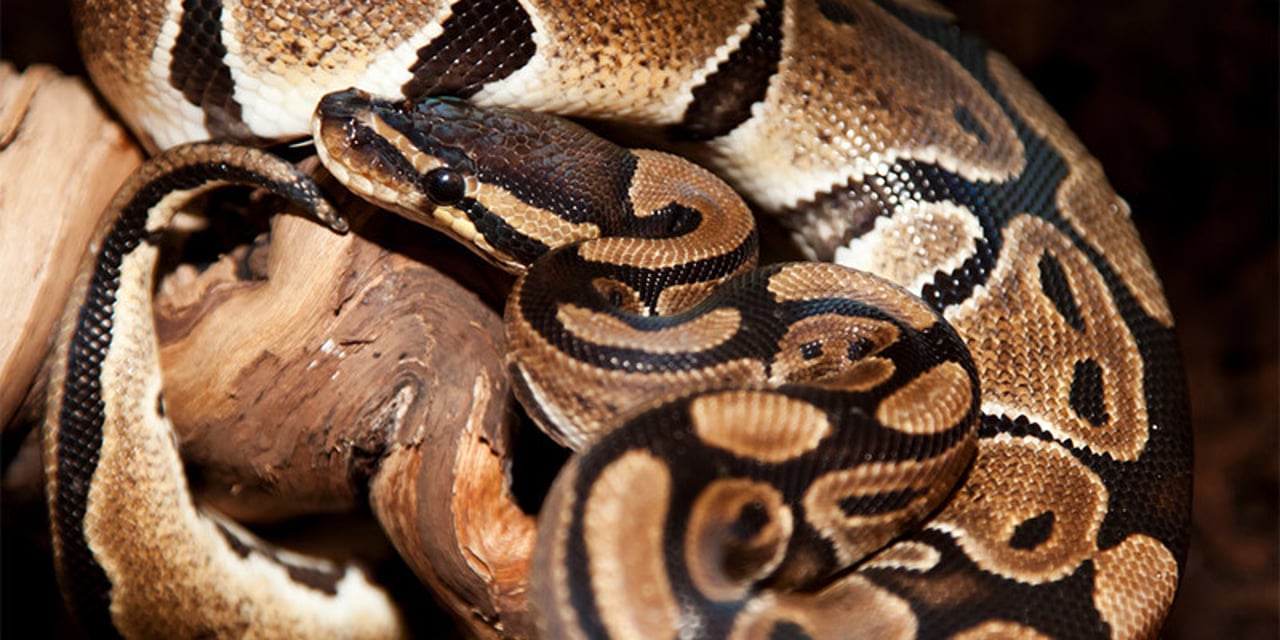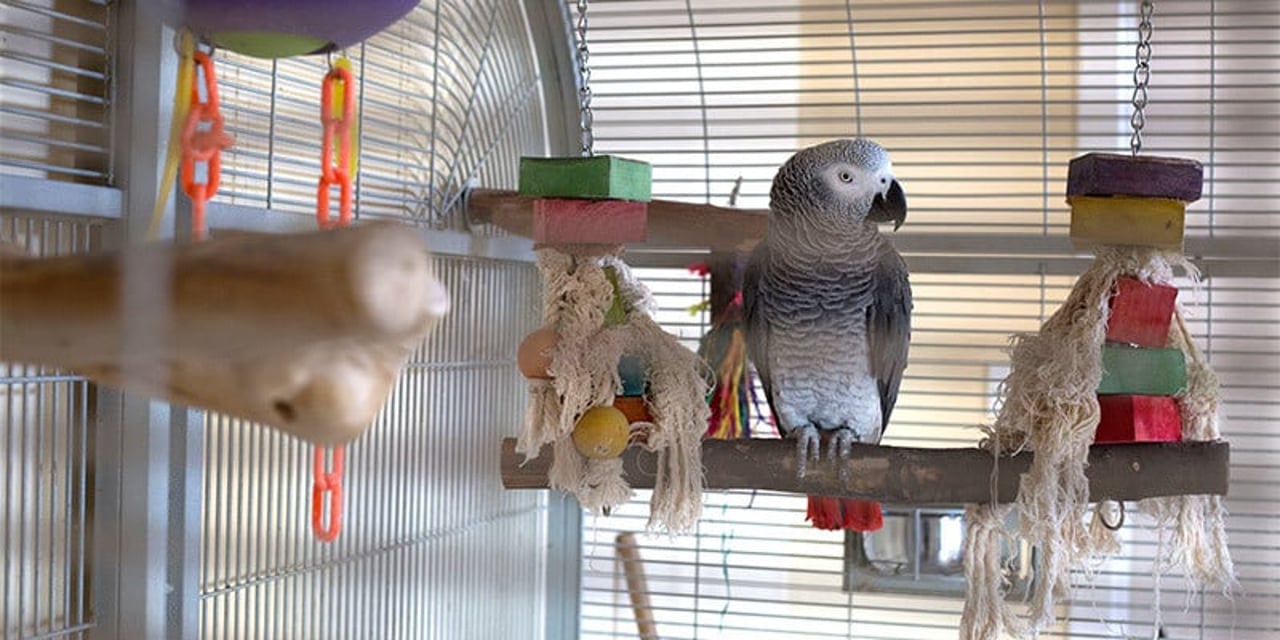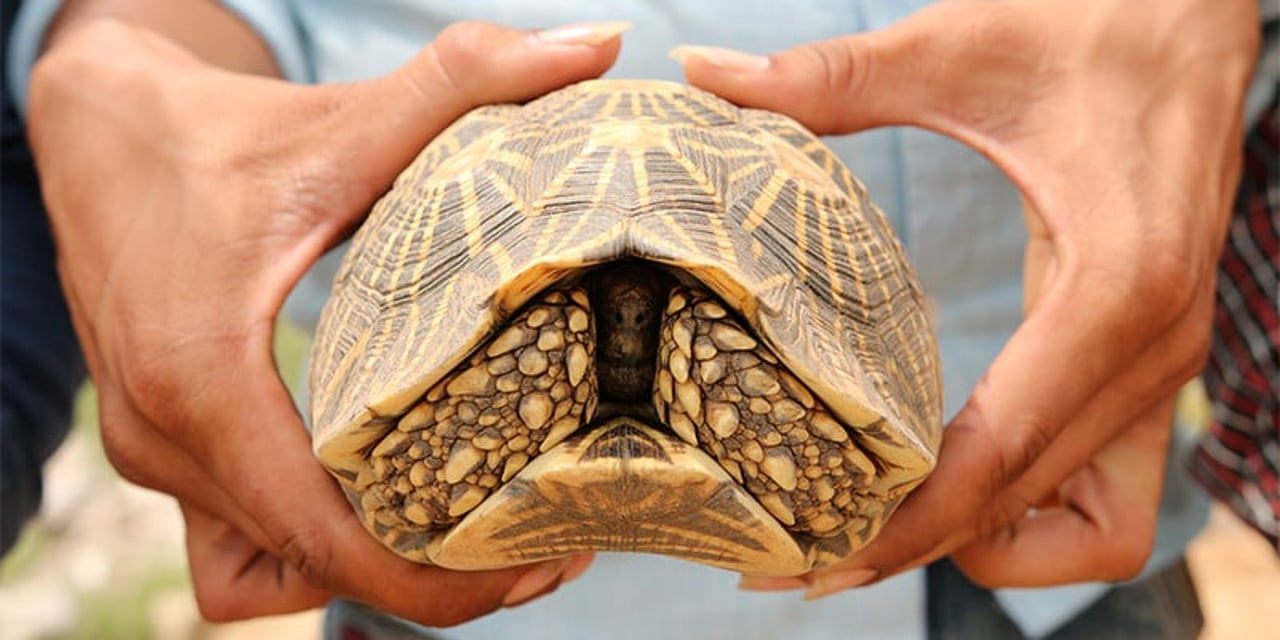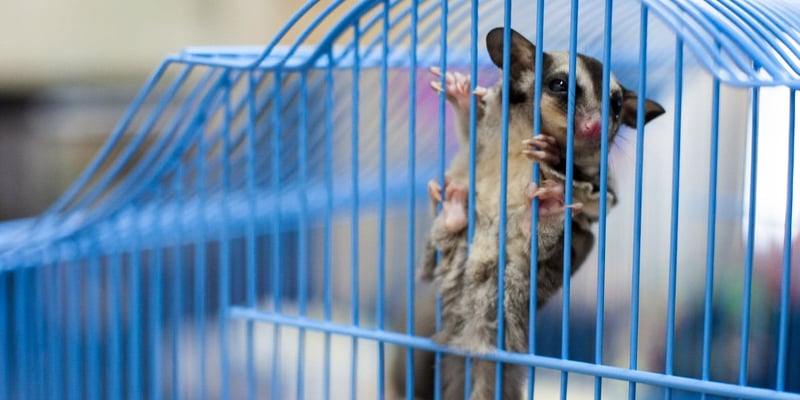
It’s never been easier to buy an exotic pet. And so, it’s crucial to understand the realities of why keeping an exotic pet is not the same as keeping a dog or cat.
Exotic pet trade
Ball pythons, bearded dragons, African grey parrots, sugar gliders – these are just some of the species kept as ‘exotic pets’ in the UK.
Owning an ‘exotic pet’ has never been more popular and many animal lovers choose to keep something a little bit different. So, whilst it’s never been easier to buy an exotic pet, it’s more important than ever to understand the reality of what sets them apart from your average dog or cat.
1. They are wild animals…
An ‘exotic pet’ is a wild animal without a history of domestication. Pets like cats and dogs are domesticated. Through generations of breeding by humans for thousands of years, they’ve become comfortable in our homes.
But wild animals have complex needs adapted to their natural habitat, which puts their health and wellbeing at risk when kept in captivity.
2. …even when they are ‘captive-bred’
It makes no difference whether an animal has been taken from the wild or bred in captivity for the pet trade – it is still a wild animal with the same fundamental wild traits and needs.
Many people buy captive-bred animals as a cruelty-free alternative to animals taken from the wild, but the truth is outside its natural habitat, a wild animal is likely to suffer. Wild animals belong in the wild.
3. There is no such thing as an ‘easy’ exotic pet
Some species are marketed by the exotic pet trade as being suitable ‘beginner’ pets that are easy to look after. Examples are corn snakes, bearded dragons, ball pythons, leopard geckos and Hermann’s tortoises.
All of these species have highly complex environmental, dietary and behavioural needs that require a great deal of knowledge and skill to meet even the most basic level of care. A huge number of exotic pets suffer unnecessarily because most owners are not able to meet these welfare needs but can’t identify when their pet is suffering.
4. You can’t replicate their social environment…
Species like African grey parrots or sugar gliders live in complex social structures in the wild. Without the opportunity to meet these social needs in captivity leads to stress, aggression and self-harming behaviours.
5. …or provide them with the stimulation they need
Sadly, animals are often kept in enclosures that can’t possibly allow them the opportunity to exercise properly, or provide an environment that gives them choice and an opportunity to explore and be challenged.
Sugar gliders can leap 45 metres between trees in the wild. No exotic pet owner can provide them with the opportunity to do that.
6. They can grow much bigger than expected…
Classified websites in the UK have advertisements for large numbers of unwanted exotic pets. Many people buy exotic pets without enough research to understand what they are letting themselves in for –a common species like the Ball python can grow to two metres and require a vivarium at least twice as big.
7. …and live much longer than anticipated
Many species of exotic pet can live for many decades. African grey parrots can live in captivity up to 60 years and Ball pythons 20-30 years. Far too many owners buy an exotic pet without thinking about how they will fit in with their lifestyle for years to come.
8. Unwanted pets are often dumped
It can be hard to rehome unwanted exotic pets and there are few rescue centres that can accept the large numbers of animals, irresponsibly sold by the exotic pet trade to unprepared consumers. As a result, rarely a week goes by without an article in the news about an exotic pet that has been abandoned. Poorly equipped to survive in the UK environment, most will quickly die.
9. Many exotic pets carry diseases that can infect humans
Diseases that are transmitted between animals and humans, called zoonoses, are incredibly common and most species of exotic pet can carry a range of potential illnesses.
For example, almost all reptiles carry salmonella in their gut without showing signs of infection. But this can infect humans through handling or contact with objects that have touched reptile droppings or skin. Babies, children under 5, pregnant women, the elderly and those with weaker immune systems are particularly at risk from infection.
10. Just because it’s legal, doesn’t mean exotic pets are suitable for your home
There are actually no laws in the UK that stop you owning any animal based on animal welfare considerations alone. The Animal Welfare Act 2006 is intended to protect animals under people’s care from unnecessary suffering but is really focused on intentional cruelty or irresponsible neglect.
As a result, hundreds of thousands of wild animals suffer in people’s homes because they are owned by people who are simply not aware of the welfare risks that captivity imposes. No owner, no matter how much they love them, will ever be able to fully meet the needs of a wild animal in their home.
Become a Wildlife Protector
World Animal Protection believes pet owners should only keep domestic species in a manner that meets all their welfare needs. We are encouraging everyone to become a wildlife protector, by not buying wild animals as pets.
Make a difference. Join our community.
We campaign to improve animals' lives in the UK and around the world. Why not join us today?
